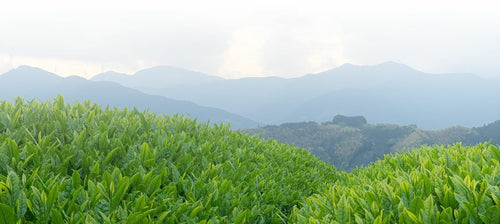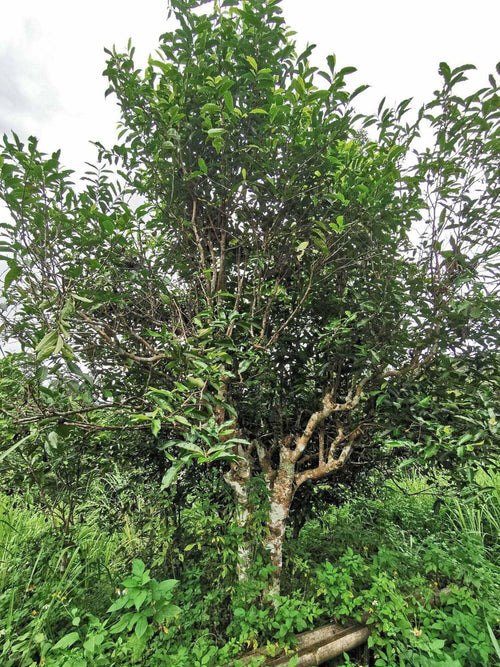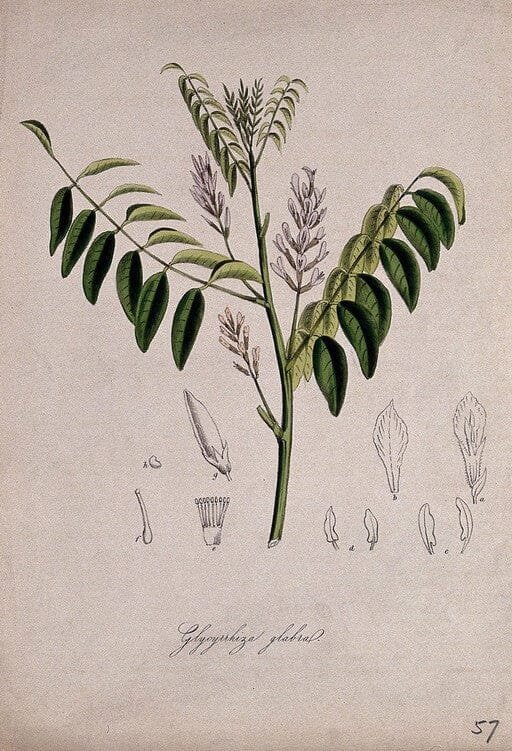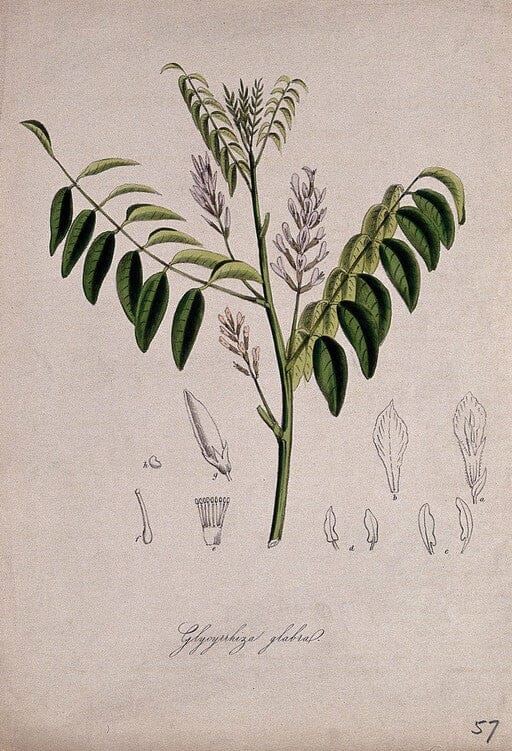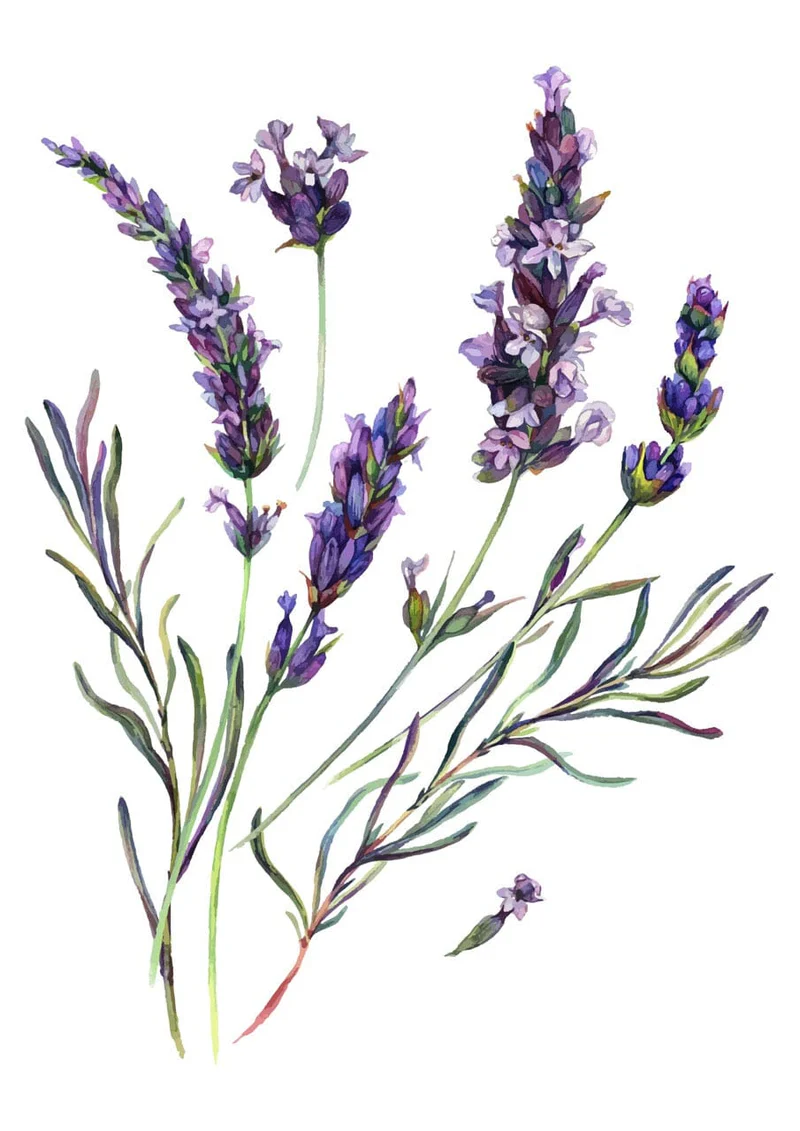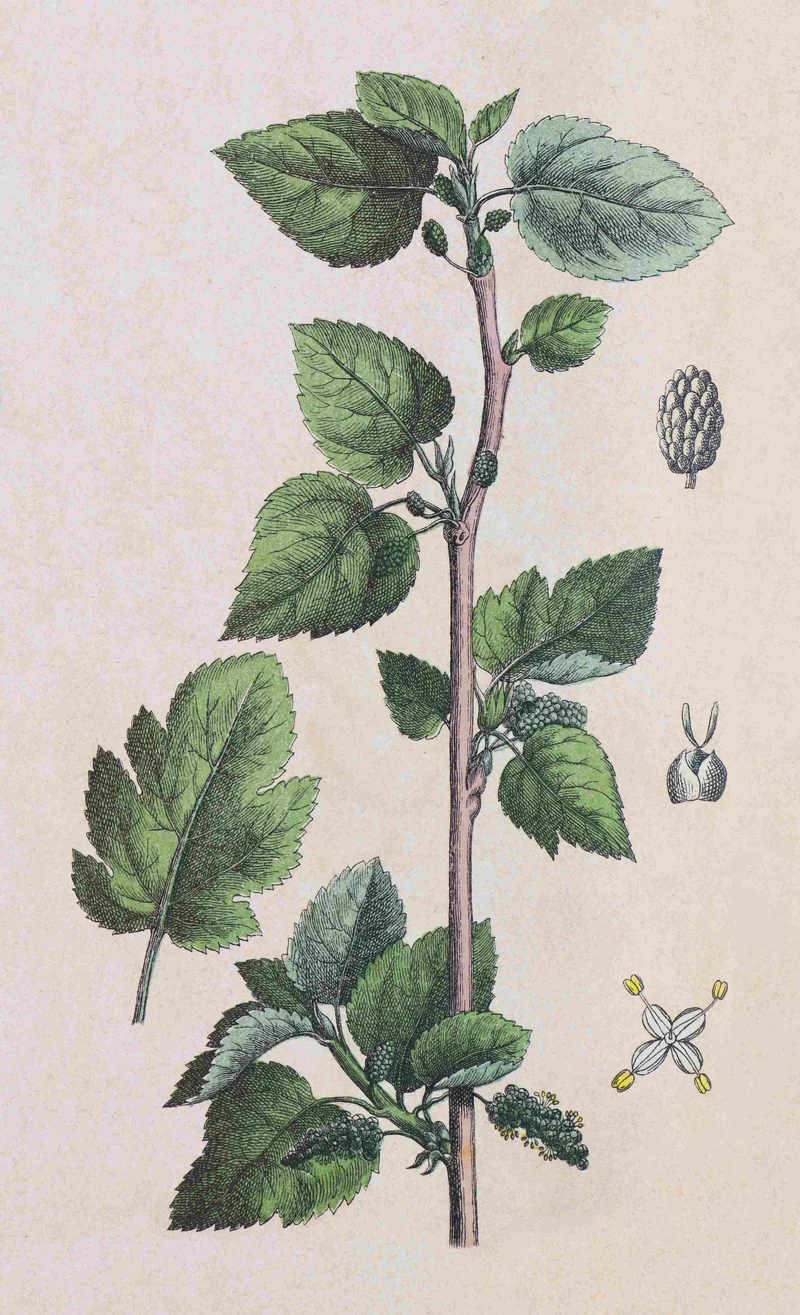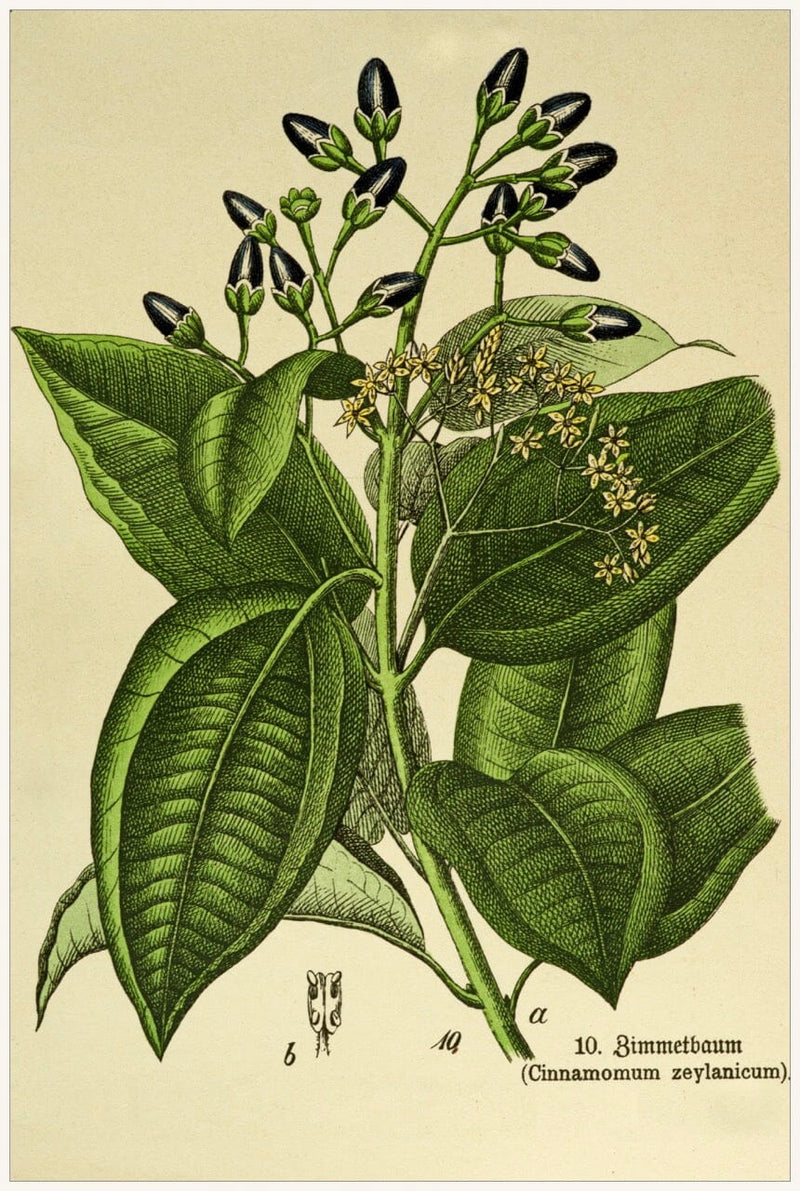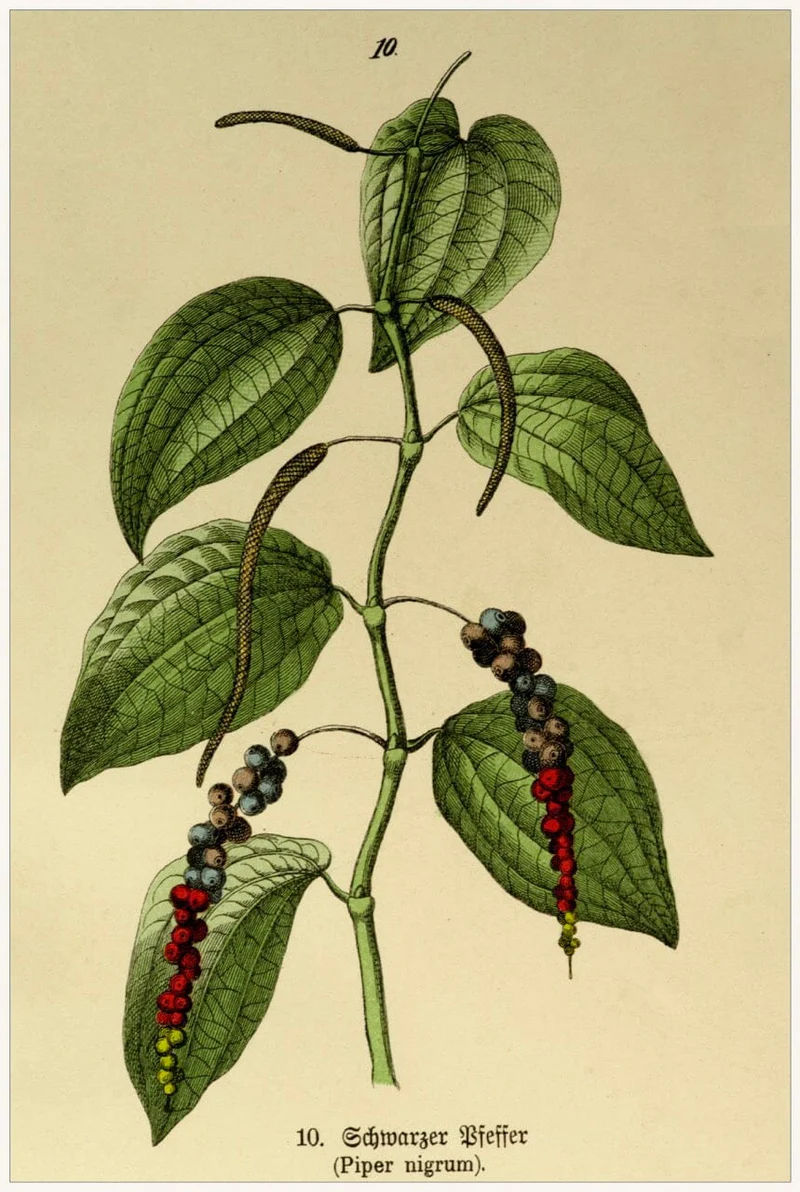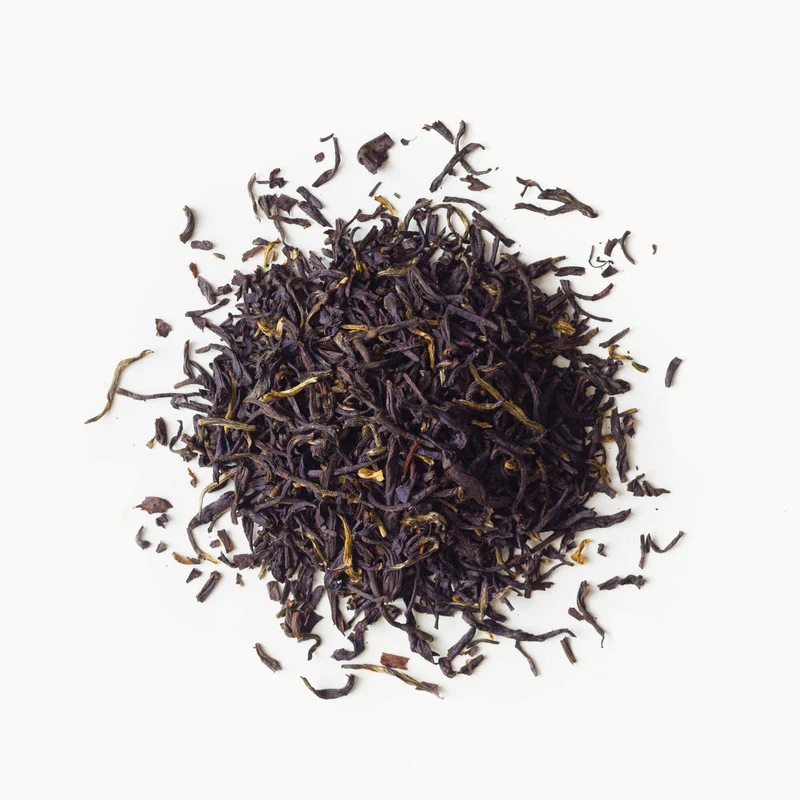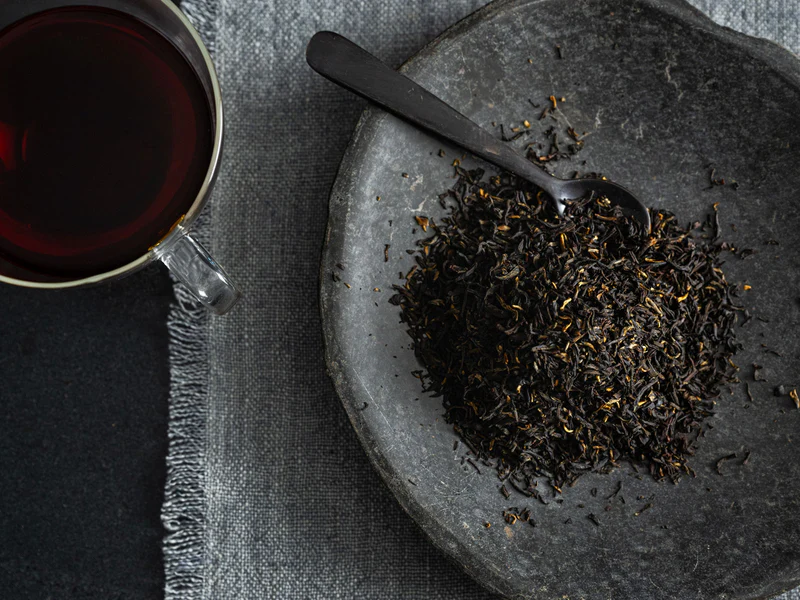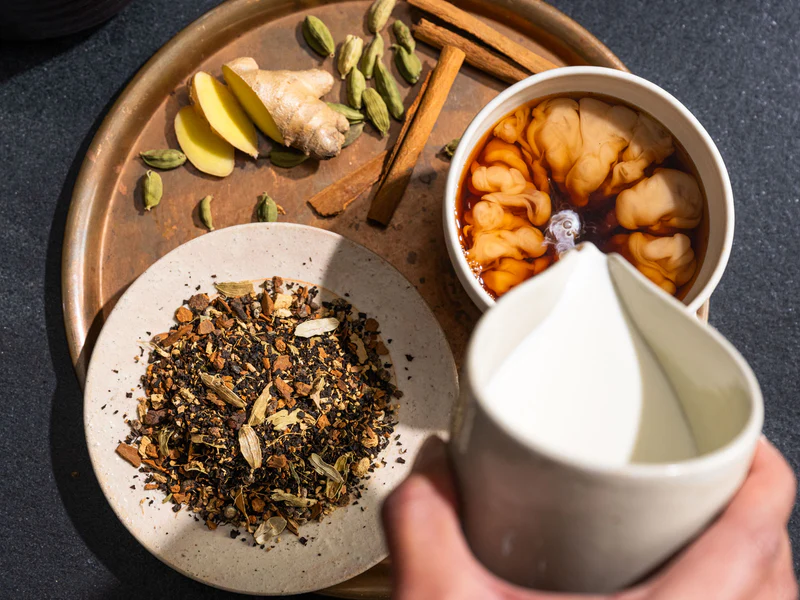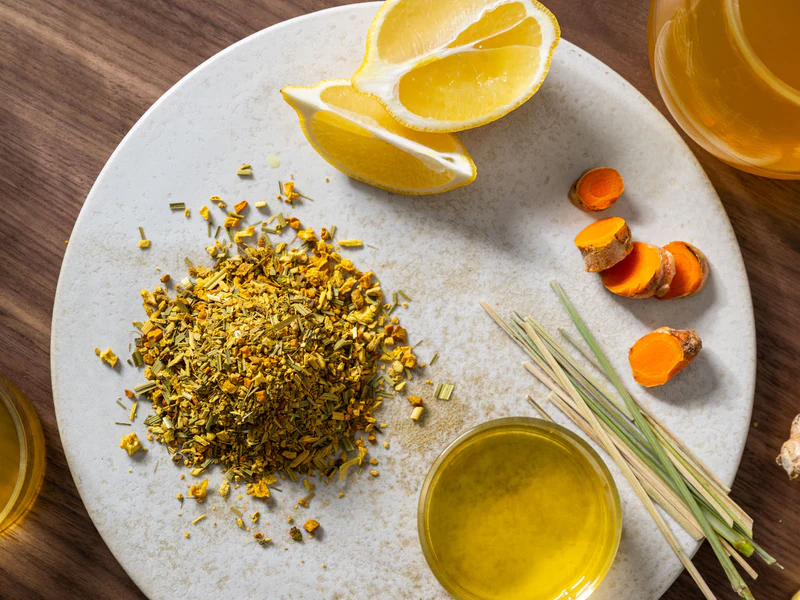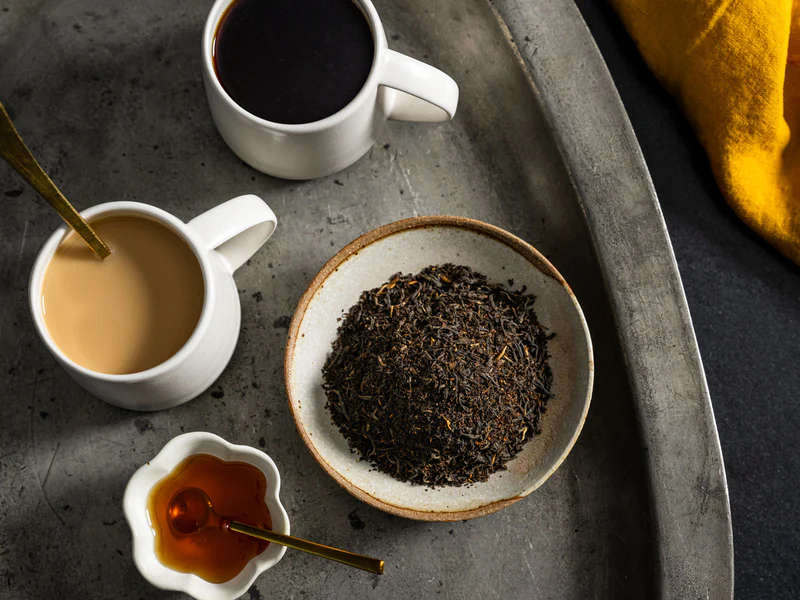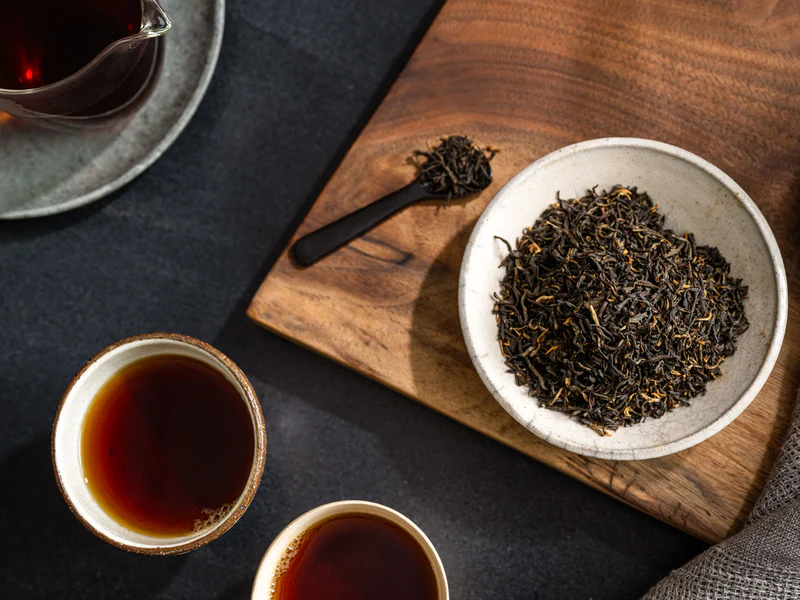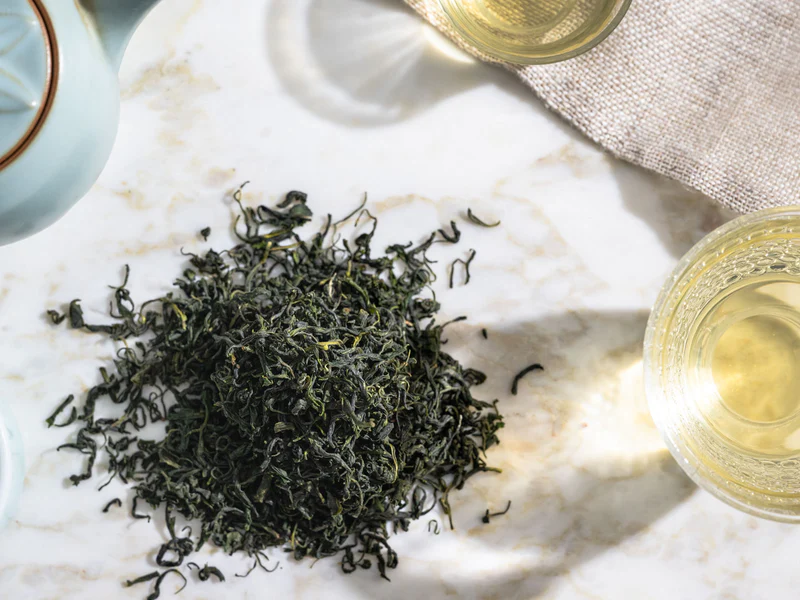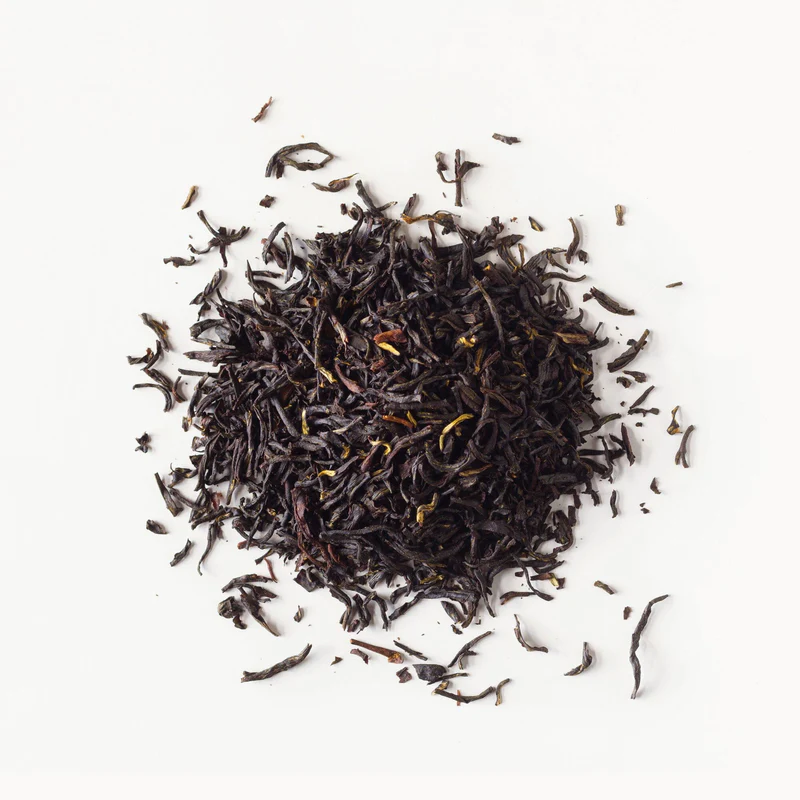Our Growing Region: Turkey
Licorice root has been used for thousands of years in food, beverages, tea, and medicine. Its origins date back to ancient civilizations. The Greeks, Romans, Egyptians, and Chinese all utilized licorice root for its medicinal properties. Ancient Egyptian hieroglyphics feature licorice root, and it was found in King Tut's tomb, suggesting it was considered valuable in the afterlife.
In food and beverages, licorice root has been used as a sweetener and flavoring agent. It's used in candies, especially in Europe, and in certain types of beer, like traditional porter and stout. It's also used in tea, both for its sweet flavor and potential health benefits.
In medicine, licorice root has been used to treat a wide array of conditions. Traditional Chinese Medicine uses it for its supposed anti-inflammatory, antiviral, and antimicrobial properties. It's been used to treat digestive issues, respiratory problems, and skin disorders. Modern medicine has explored licorice root as a potential treatment for everything from heartburn to liver disease, though more research is needed to confirm these potential benefits.
Licorice root grows in many parts of the world, including Europe, Asia, and the Middle East. However, the best licorice root is often considered to come from Iran, Afghanistan, China, and other parts of Asia. These regions offer the ideal climate and soil conditions for the plant to develop its rich, sweet flavor.
Licorice root is typically harvested in the autumn, after the plant has had a chance to grow for at least two years. The roots are dug up, cleaned, and then dried for use. The root can be used in various forms, including as a whole root, powder, or extract.

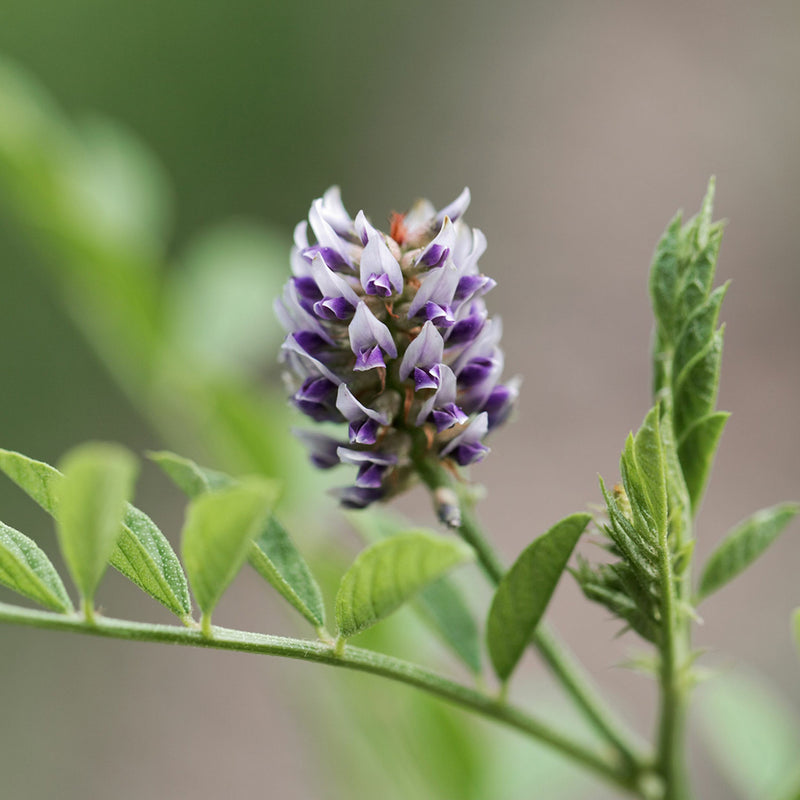
Liquorice plant (Glycyrrhiza glabra): flowering stem and floral segments.
Used as a pairing herb in Traditional Chinese Medicine, licorice root, or Gan cao 甘草, is considered to be neutral in nature and is used in almost two-thirds of classical formulas in herb blending. The component of licorice root that seems to be the active healer is known as glycyrrhizic acid which gives licorice root its sweet taste.
Closely related to anise and fennel, licorice root is a perenniel that can be harvested 2-3 years after it is planted. After the autumn harvest it is often sun dried before use.
